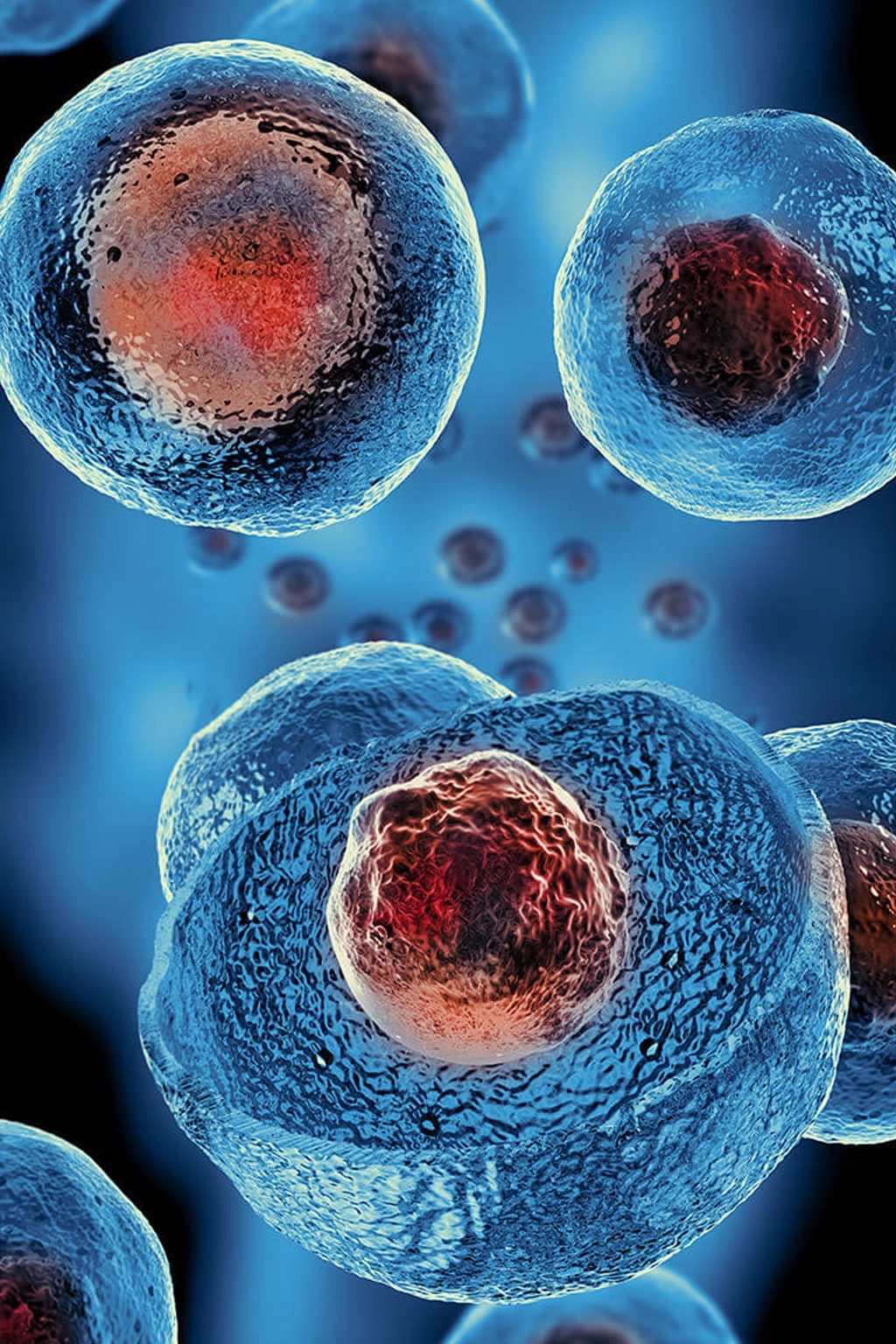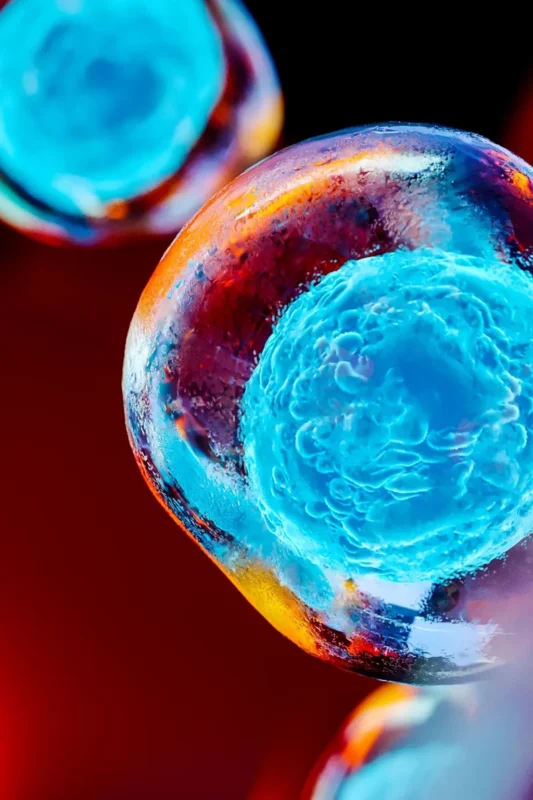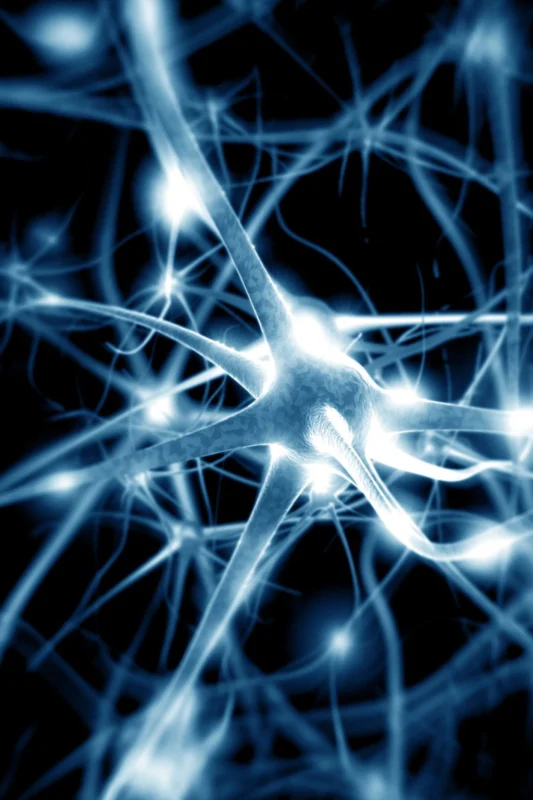Stem Cells
The Body’s Living
Innovation
What Are Stem Cells?
Stem cells are special cells in your body that can turn into different types of cells — like blood, bone, or muscle cells. They can also copy themselves so your body doesn’t run out of them. This ability helps some tissues repair themselves after damage.
Researchers and healthcare providers use stem cells to better understand disease, discover new treatments, and in some cases directly treat patients. Stem cells can come from embryos, but you also have them in many tissues throughout your life.


Types of Stem Cells
There are three main types of stem cells that doctors and scientists work with:
Embryonic (pluripotent) stem cells – Formed from a sperm and an egg; these can become any of the 200+ cell types in the human body.
Adult (tissue-specific) stem cells – Live in your own tissues (like bone marrow or fat) and replace or repair damaged cells. Two common examples are:
Hematopoietic stem cells – Maintain your blood cells and immune system.
Mesenchymal stem cells – Support bone, cartilage, muscle, and fat tissue.
Induced pluripotent stem cells (iPSCs) – Lab-made by reprogramming adult cells to behave like embryonic stem cells, able to turn into many cell types.

How Stem Cells Are Used in Healthcare
Bone marrow and blood stem cell transplants to restore healthy blood and immune systems.
Experimental or emerging regenerative therapies for joints, soft-tissue injuries, neurological conditions, and autoimmune diseases.
Research and drug testing to understand disease mechanisms and develop safer medications.
CONTACT US
If You’ve Been Told Recovery Has Limits — We’re Here to Redefine Them

